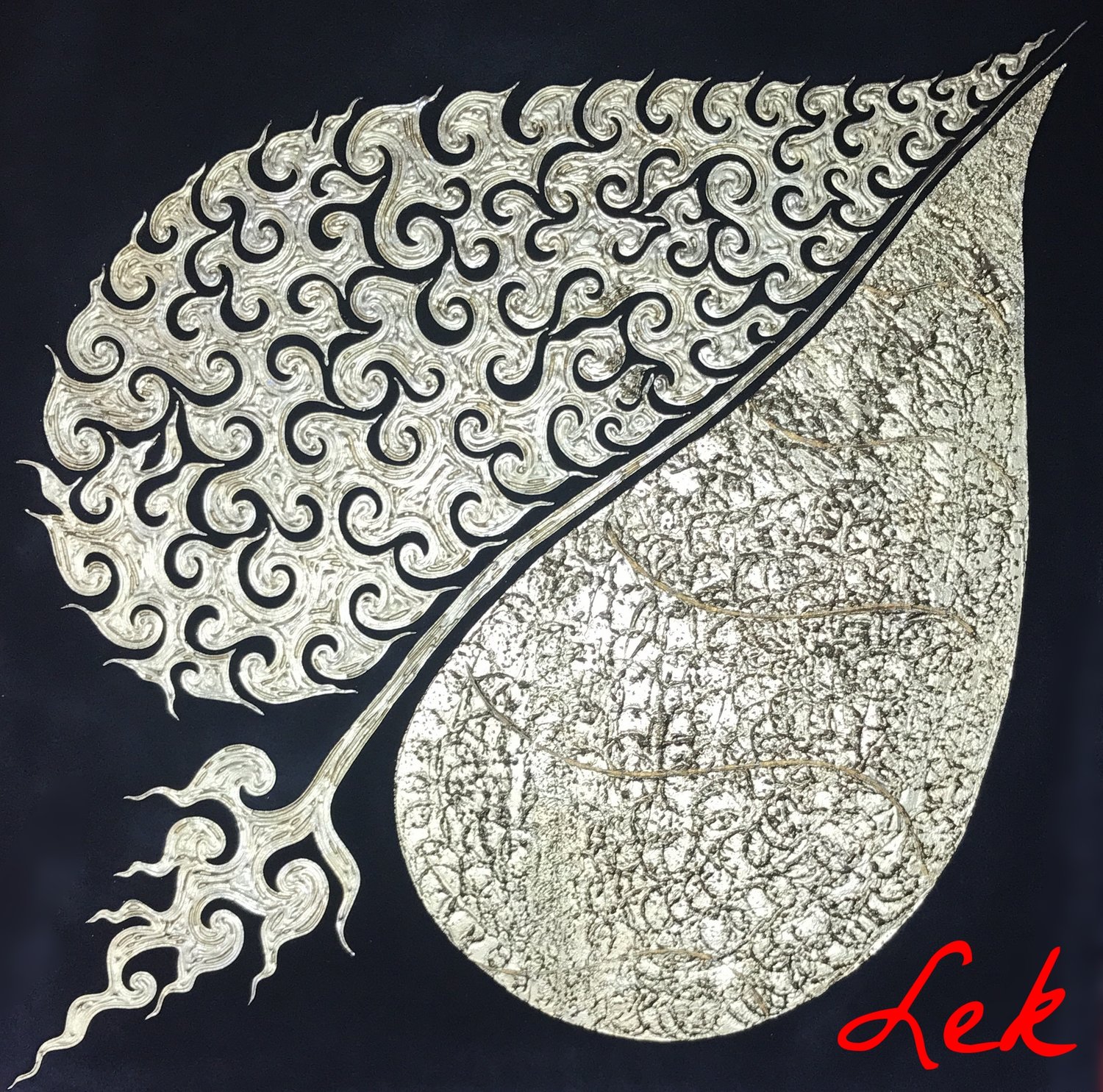Pandan Tea
Pandan Tea
Pandan Leaves
Pandanus amaryllifolius is a green leafy shrub belonging to the Pandanus genus. This tropical plant can grow up to 2 meters tall, has round stems and narrow blade-like bright green leaves. Sometimes, people plant their own pandan leaves in their gardens for easier and regular supply. Cooking with fresh Pandan leaves will leave around the sweet-smelling attractive aroma that’s produced when leaves are crushed or cut. Specifically used in Thai Cooking, Pandan leaves are sometimes referred to as “the vanilla of Southeast Asian cooking”, and is now gaining fast acceptance here in the United States too.
Benefits
Pandan leaves have several benefits. Fresh leaves can be used for several things, especially for all types of cooking. The Pandan essence makes it a perfect additive when boiling basmati rice or even sticky rice. It can be used as wrapping (as a substitute to banana leaf) when preparing meat as it helps the meat to retain moisture and remain juicy and tender.
Pandan tea infused with various herbs is very popular for its health benefits and rich aroma.
These amazing leaves are also beneficial to the home and environment as its fragrance can be used optimally as a natural air freshener – even for cars.
Further, Pandan leaves are also traditionally used as insect repellants.
Pandan Leaves have great health benefits as it is used in preparing traditional medicine to treat several illnesses including;
1. Lowering high blood pressure
2. Helps with sensitive skin
3. Eliminate Dandruff and Hair Loss
4. Helps Weak Nerves
5. Rheumatism
6. Increases Appetite
7. Mild Laxative (treats constipation) for Children
8. Helps to Detox Liver
9. Reduces fever and provides Pain Relief (headache, ear pain, chest pain, arthritis)
10. Helps with blood sugar management (diabetes)
Can you eat?
Fresh leaves are tough, stringy and fibrous but also very thin. Their chewy nature makes them not exactly good for consumption alone. While Pandan leaves are an important ingredient of Asian cuisine, they are generally not eaten.
When eaten, however, the pandan leaf is a mouthful and leaves an unpleasant taste in the mouth. Although some people do not mind the taste, pandan leaves don’t exactly have a favorable taste when consumed on its own.
Minimum order 50g.

